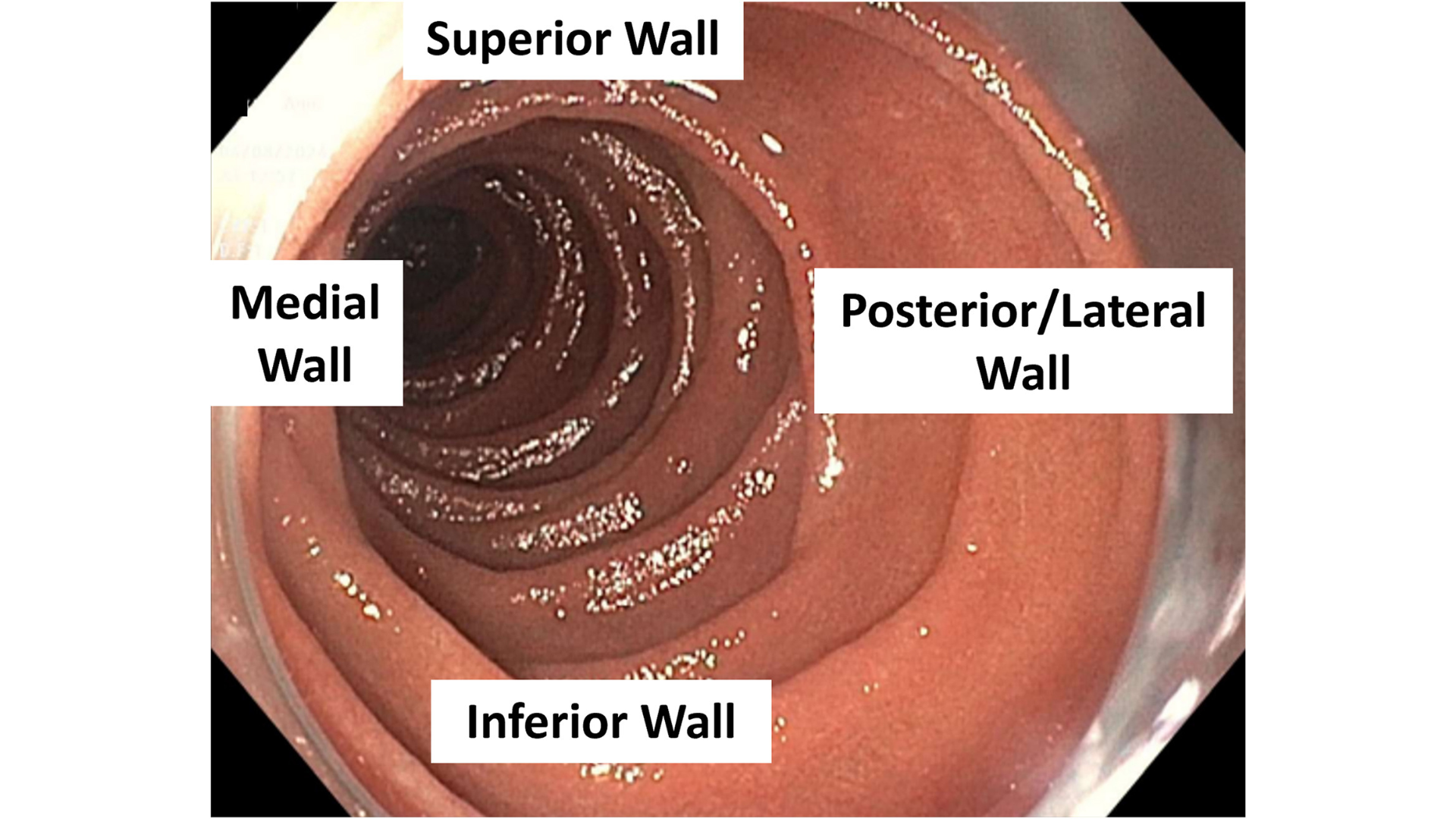AGA’s latest clinical practice update outlines what to do with nonampullary duodenal lesions. These polyps are found in up to 5% of all upper endoscopies, usually in asymptomatic patients. Although most are benign, adenomas are estimated to account for 10%–20% of these lesions. AGA’s CPU provides practical guidance on evaluating and risk-stratifying patients with nonampullary duodenal polyps and the best approaches for resection, surveillance, and managing complications.
Watch as Drs. Simon Lo and Koushik Das discuss key updates for treating nonampullary duodenal lesions.
Best practice advice statements
- Non-neoplastic duodenal lesions (eg, metaplastic foveolar epithelium and gastric heterotopia) may mimic neoplastic adenomatous pathology. Careful optical evaluation and pathologic correlation may be necessary to exclude dysplasia. Nondysplastic lesions do not require endoscopic resection unless they are symptomatic or bleeding.
- Ideal duodenal endoscopic inspection includes identification of the major and minor papilla with photodocumentation to ensure no involvement by the lesion. Adding a clear distal attachment device to a forward-viewing gastroscope improves visualization of the papilla and the medial wall. A side-viewing duodenoscope should be used when the major and minor papilla are not visible with the gastroscope and for most lesions on the medial wall of the duodenum within 5 cm of the ampulla.
- All duodenal polyps should be described according to their size, Paris morphology, suspected histologic layer of origin (mucosal lesion or subepithelial lesion), duodenal location (D1–4) and orientation (anterior, posterior, medial, or lateral wall), and proximity/relationship to the major papilla to facilitate therapeutic planning and subsequent surveillance.
For all 13 best practice advice statements, read the AGA CPU, published in Gastroenterology.












